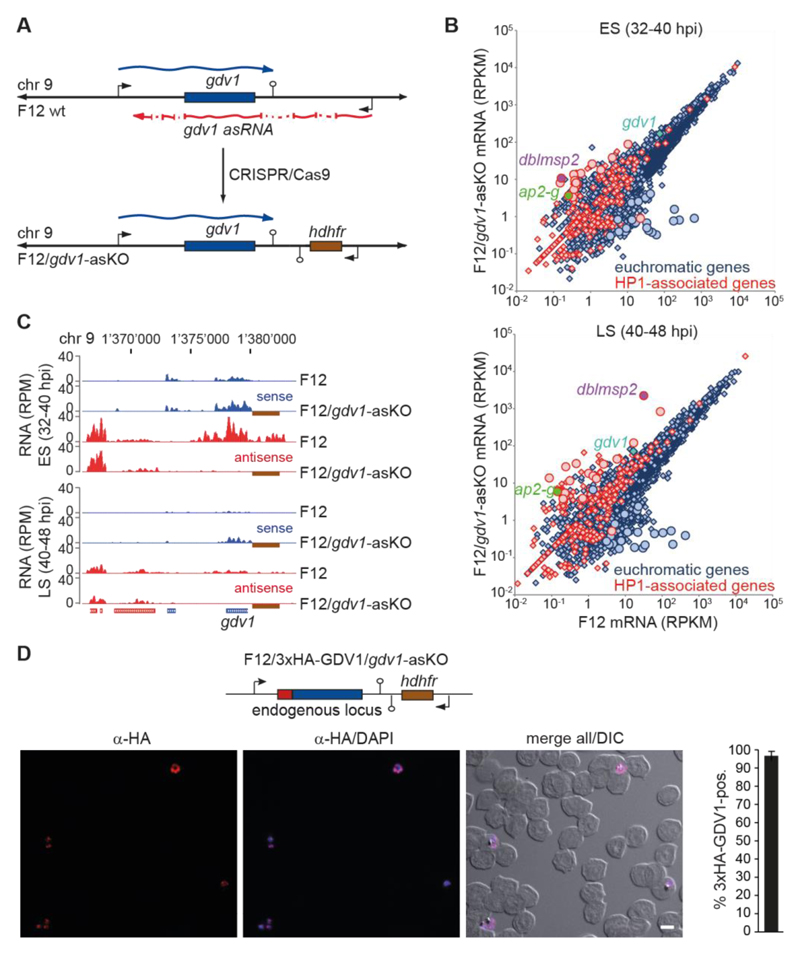Fig. 4. A gdv1 antisense RNA antagonises GDV1-dependent sexual commitment.
(A) gdv1 locus in F12 wild-type and F12/gdv1-asKO parasites. The gdv1 sense transcript (blue), five-exon gdv1-asRNA (24) (red) and hdhfr resistance marker (brown) are highlighted. (B) Comparison of gene expression levels in F12 wild-type and F12/gdv1-asKO early (ES) and late (LS) schizonts. Genes de-regulated > 5-fold in both TPs are indicated by circles. (C) UCSC genome browser screenshots of RNA-seq coverage plots over the gdv1 locus in F12 wild-type and F12/gdv1-asKO early (ES) and late (LS) schizonts. The hdhfr resistance cassette downstream of the gdv1 locus in F12/gdv1-asKO parasites and absent in the 3D7 reference genome is indicated by a brown box. (D) Endogenous gdv1 locus in F12/3xHA-GDV1/gdv1-asKO parasites and α-HA overview IFA in early schizonts (ES, 32-40 hpi). DIC, differential interference contrast. Scale bar, 5 μm. Percentage of 3xHA-GDV1-positive parasites is shown at the right (results are the mean of three biological replicates (100 infected RBCs counted per sample); error bars indicate SD).

